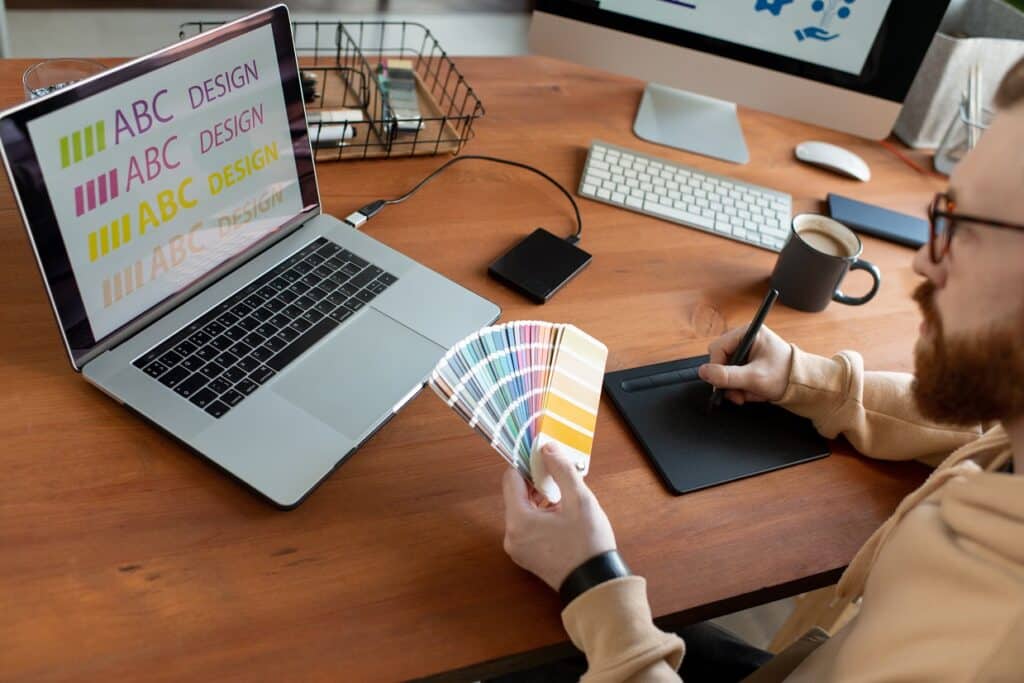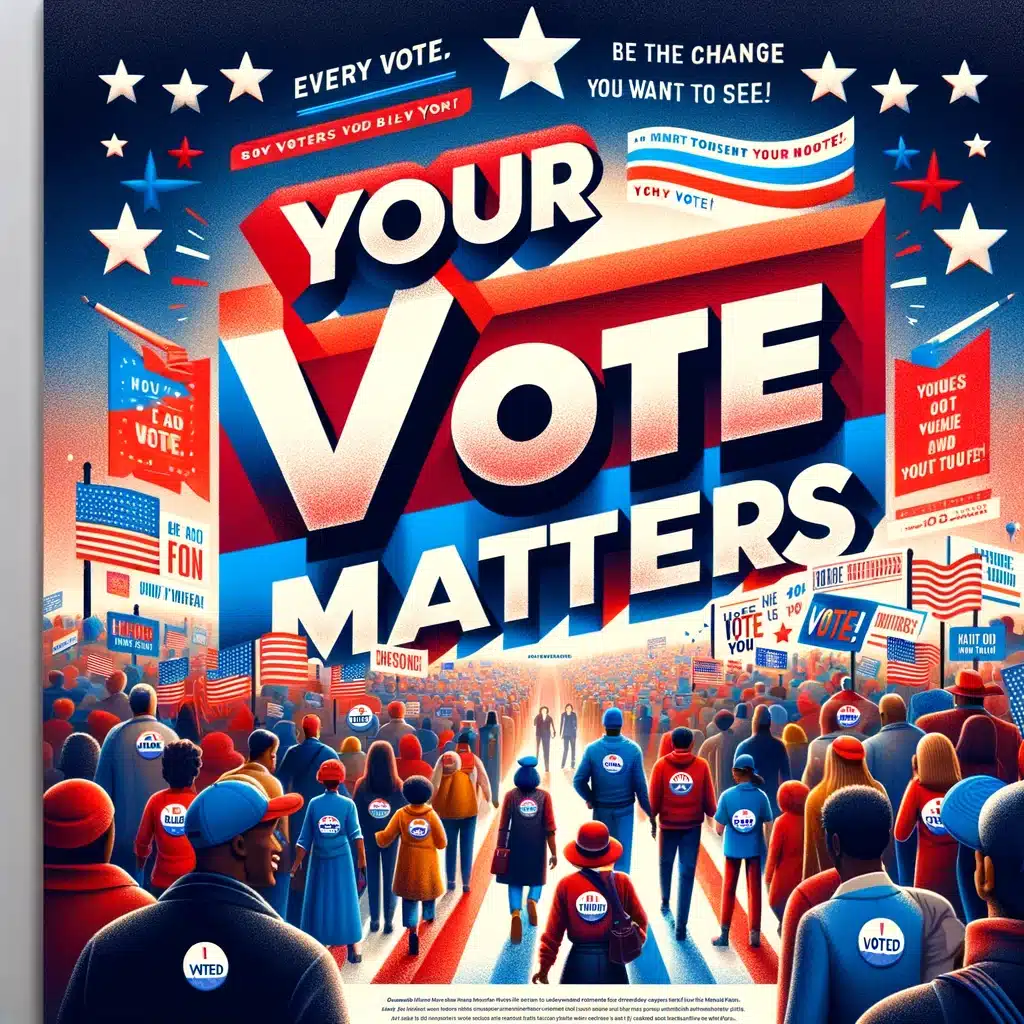
Every line of text has the power to change a mind, evoke a feeling, or provoke a purchase. As you read this sentence, you may already be forming an opinion about the content. Is it well written? How does it make you feel? But besides the actual meaning of the content, there’s another element of the written word that can create an impact on the reader: the font. Font choice can make or break a message just as easily as the content itself.
For instance, if you’re familiar with the Comic Sans font, you know how much of a difference that choice can make. An otherwise serious message might come across instead as humorous or insignificant if written in Comic Sans, while Times New Roman or Calibri convey a more serious tone.
So how can you choose the right font for your marketing efforts? If you want to select a font style, type, and size that converts potential customers into buyers, read on.
The Medium Makes the Message
Every marketing medium requires a slightly different touch. While most marketers these days are familiar with digital marketing, which is usually limited to the font style of the specific platform, print media is wildly varied. Signage, brochures, postcards, flyers, letters, envelopes, promotional products, and other forms of print can use virtually any font.
The first aspect your brand must consider here is consistency. If you use different font styles across your different marketing avenues, it won’t register as strongly with consumers. You should therefore use the same typeface on every piece of marketing materials you create. That way, even subconsciously, readers will associate that font choice with your business.
When creating print materials of different sizes (letters to banners, for instance), your number one goal is to ensure the font is legible. Lettering has to be clear at normal distances, and easy on the eyes. This means you shouldn’t try for crazy coloring or italics in your message. Instead, go for bold lettering where wording should be highlighted. Allow for areas of empty space so the eye is drawn more to the lettering, and don’t overstuff any area with text or else it could become chaotic or confusing.
Vision Issues as a Consideration
In digital media, readers on smartphones, tablets, or PCs can simply zoom in or out or alter the text for legibility. Since print media is created and promptly distributed, it’s usually impossible to alter after the fact. This means you have to take everything into consideration from the very beginning – including vision issues.
Millions of Americans deal with cataracts, glaucoma, macular degeneration, and other issues that make reading normal text a difficult prospect. This means you should never go too small or too vibrant with your font choices. The best way to prepare for this is to identify your target audience. If your brand serves an older audience, make sure the font is straightforward and easy to digest. A younger audience may have an easier time with most fonts, but you should still take outliers into account. The wisest course of action is to follow the guidelines created by the American Disabilities Act and the American Institute for Graphic Arts when creating your marketing materials.
Conclusion
If you have more questions about the best design choices for your print marketing efforts, get in touch with the professionals ASAP. At Linemark, we’ve spent decades creating beautiful and easy-to-read print materials for our clients. No matter your specific industry or project, we can help you create a masterpiece. For more information, reach out to the Linemark team today.

 03/14/2022
03/14/2022  Aaron Dunn
Aaron Dunn


